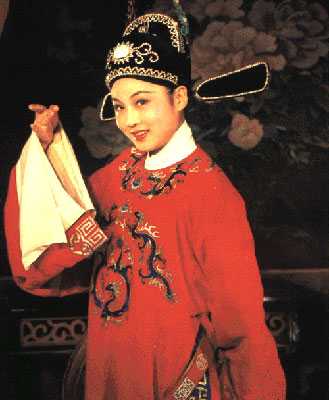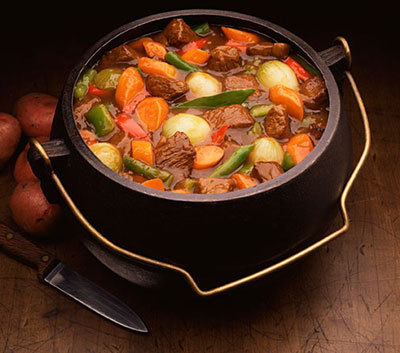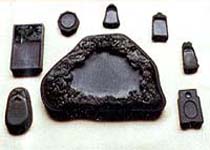|
Anhui spans many geographical and cultural regions. The northern, flatter parts of the province, along the river Huai He and further north, are most akin to neighbouring provinces like Henan and Shandong. In contrast, the southern, hilly parts of the province are more similar in culture and dialect to other southern, hilly provinces, like Zhejiang and Jiangxi.
Mandarin dialects are spoken over the northern and central parts of the province. Dialects to the north (e.g. Bengbu dialect) are classified as Zhongyuan Mandarin, together with dialects in provinces such as Henan and Shandong; dialects in the central parts (e.g. Hefei dialect) are classfied as Jianghuai Mandarin, together with dialects in the central parts of neighbouring Jiangsu province. Non-Mandarin dialects are spoken in the south: dialects of Wu are spoken in Xuancheng prefecture-level city, though these are rapidly being replaced by Jianghuai Mandarin; dialects of Gan are spoken in a few counties in the southwest bordering Jiangxi province; and the Huizhou dialects are spoken in about ten counties in the far south, a small but highly diverse and unique group of Chinese dialects.
Huangmei Opera, which originated in the environs of Anqing in southwestern Anhui, is a form of traditional Chinese opera popular across China. Huiju, a form of traditional opera originating in the Huizhou-speaking areas of southern Anhui, is one of the major precursors of Beijing Opera; in the 1950s Huiju (which had disappeared) was revived. Luju is a type of traditional opera found across central Anhui, from east to west.
 Huangmei Opera--Emperor's Female Son-in-law
Huangmei Opera--Emperor's Female Son-in-law
Anhui cuisine is one of the eight great traditions of Chinese cuisine. Combining elements of cooking from northern Anhui, south-central Anhui, and the Huizhou-speaking areas of southern Anhui, Anhui cuisine is known for its use of wild game and herbs, both land and sea, and comparatively unelaborate methods of preparation.
 Li Hongzhang Hodgepodge, a famous specialty of Hefei
Li Hongzhang Hodgepodge, a famous specialty of Hefei
Anhui has a high concentration of traditional products related to calligraphy: Xuanzhou (today Xuancheng) and Huizhou (today Huangshan city) are revered for producing Xuan Paper and Hui Ink, respectively, which are traditionally considered the best types of paper and ink for Chinese calligraphy. She county is famous for the She Inkstone, one of the most preferred types of inkstones (a required tool in traditional calligraphy).
 |
| Hui ink |
|